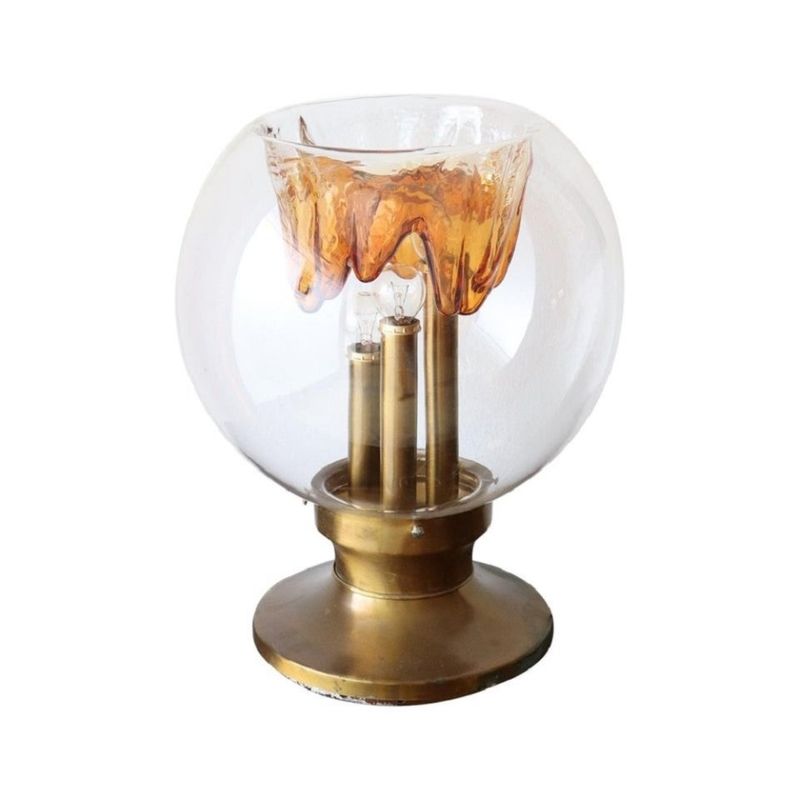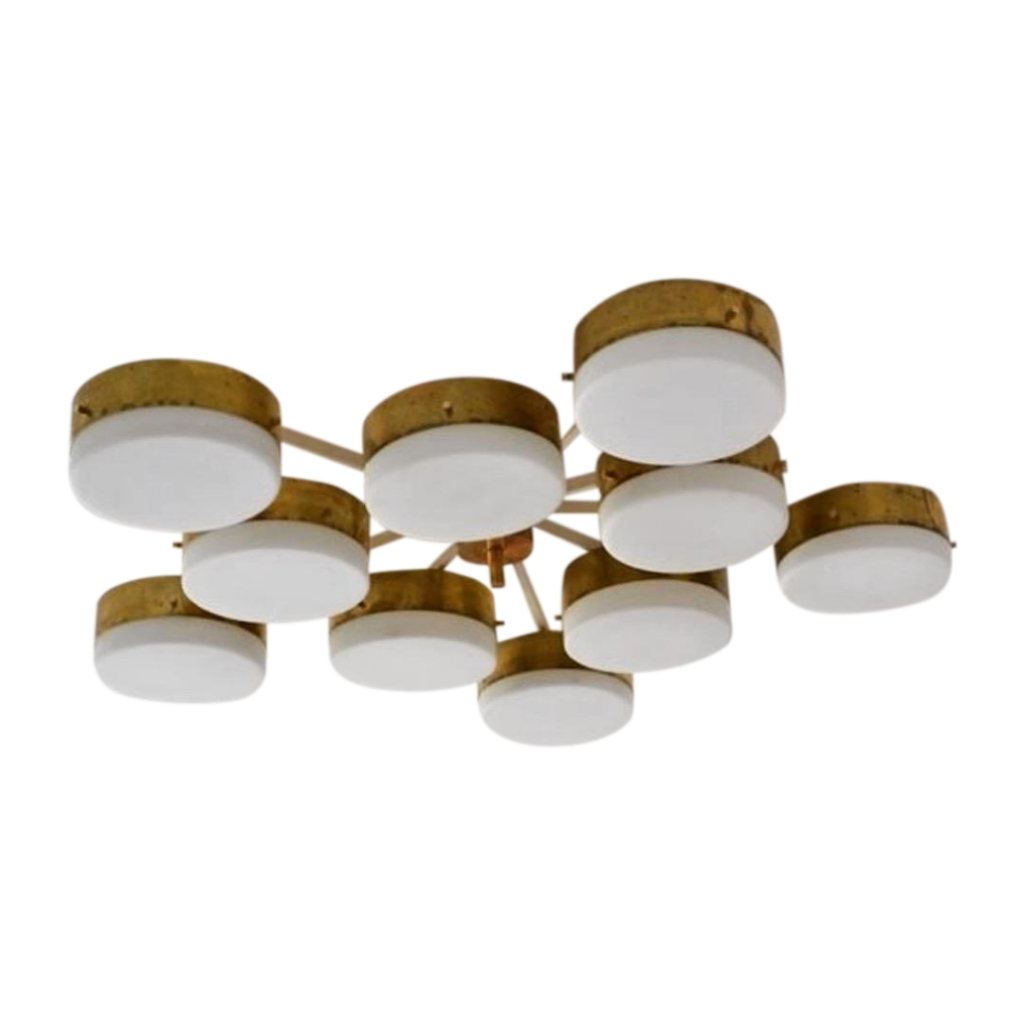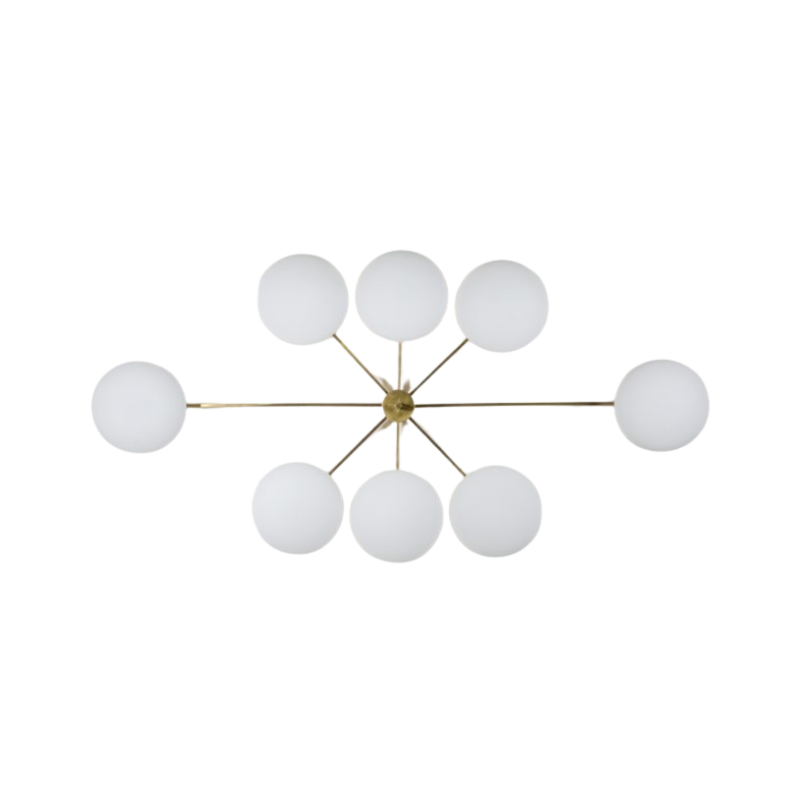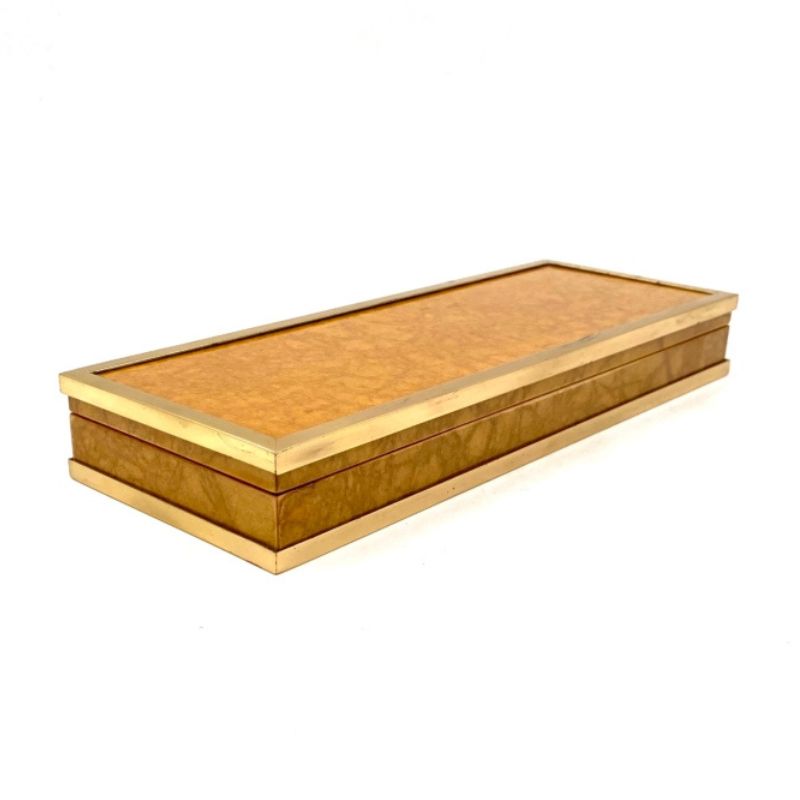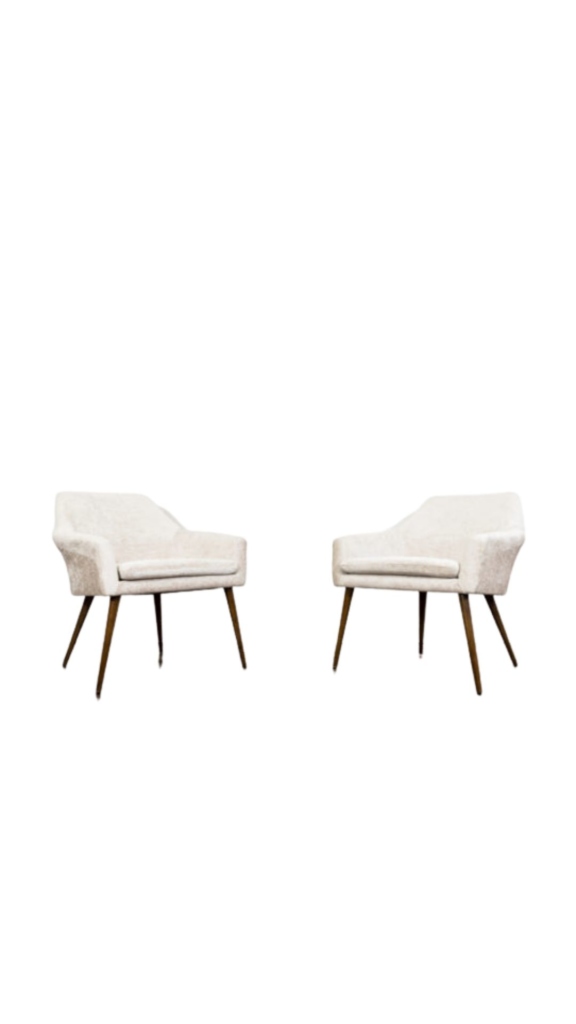Two days ago I wrote about my former project of the Danish cupboard. Now, I'm offered the chance to acquire a Mogensen leather chair, which is quite worn out. I have only one picture, rather poor, available unfortunately.
I'm not quite sure about its identification. But my main worry for now is about the condition of the leather. I have no experience with reviving leather, so any help is welcome. Do you think it can be done? As far as I know now, there are no scars or severe damages.
By the way, I've already read some older threads here about the topic. But since this chair has a particular red colour, I'd like to ask advice here. Suggestions are welcome!

It looks right to me for a Mogensen. And I think it looks kind of perfect as is.
But if you really want to even out the coloration of the leather, you can pour some acetone on a rag and wipe down the leather. Acetone dissolves fast so you will have to keep pouring it on the rag. This will dissolve the glaze that is on top of the leather, and the dye too, and eventually you should build up enough dye on the rag that you can wipe some dye onto the light places.
Once you've done this you might decide the color looks good, or you might want to get some alcohol based leather dye. You will need to re-dye the entire chair, though. So do not think you can put the dye on a couple of spots.
And then finally you will need to get leather glaze and wipe it on.
Aniline dye is also very tricky to apply--any overlap in your stroke is going to be darker. I think it would have to be dipped in a vat of dye to ensure even color overall. There are other types of dyes but some are just coatings that sit on the surface, so more like a paint than a dye.
I think it looks good the way it is. I have used Pecard Leather Dressing on old aniline-dyed leather than was dull and soiled and it worked pretty well. But that's about it for my experience.
Thank you all for your comments. I really appreciate that! You have made me think now about leaving it as it is. As if I can look at it with different eyes: it is beautiful as it is! So, thank you very much for that.
As it comes to 'feeding it', what do you advice me? Simple leather oil (in Dutch we talk about 'leather fat', but it is not proper English, I suppose)? Or something different?
You should probably do a fair bit of reading before you put anything on the leather. Leather is very complicated. And there are man different kinds of 'leather' so what is true for upholstery leather may not be true for automotive leather, or vegetable tanned leather, etc, etc.
One of the lesser known facts is that leather is acidic, so it will react with alkaline substances, as they soak in, which weakens and destroys the fibers of the leather. Most soap, (like saddle soap which is perversely recommended for leather maintaining leather) and many household cleaners are alkaline.
If you go to Denmark to buy a used original, that is just what the leather will look like. I think you should leave it alone. There were many very nice knockoffs made of the Mogensen furniture in Denmark during the 70's so this might be one of those, if it does not have a Mogensen lable. They look the same but they have less leather on the cushions (fabric on the back, that kind of thing). I think it looks great the way it is.
I am very far from Denmark and I don't know anything about 70s knockoffs. I do know that I have 4 authentic pieces by Børge Mogensen for Fredericia Stolefabrik and not one of them retains its label. I presume they all fell off in the last 50-50 years. So I would not go by whether it has a label to determine authenticity. Find photos on the Internet of a marked piece, then look at proportions, details, and especially focus on the things like the underside or backs of cushions that people don't usually look at. It may be hard to find photos of those areas, but they are out there. This is where even a good knockoff will give itself away.
Perhaps the biggest problem with recommending treatments to leather has to do with the material itself. Tanning and dyeing processes vary widely as do the individual animals from which hides are harvested. Add long-term effects of environmental conditions (temperature, UV exposure, relative humidity, pollutants, dust, etc) not to mention that protein-based materials (leather, wool, silk) degrade in the presence of oxygen, and things start to get pretty complicated and confusing.
It doesn't help, either, that there are so many "cure-all" leather treatment products available. As I understand, many of these products can often produce satisfyingly immediate results, softening stiff hides, restoring suppleness, color, and so on. The problems with these products occurs down the line as the oils, fats, and waxes (that constitute most) eventually oxidize and, in the end, accelerate natural degradation.
As Leif suggested in his excellent post above, there's a lot to read that might shed more light on the subject. My eyes start to glaze over at the mere mention of organic chemistry, but it's out there.
So the old axiom, "First, do no harm." comes to my mind. And, more often than not, that means doing nothing at all beyond a good brushing.
So, once again, it seems that I have to be very careful before I choose a treatment. In fact, I started reading today and that is what caught my eye immediately. To be honest, I don't believe in 'cure all treatments'. Indeed, advices seem unanimously in their cautions not to apply any 'chemical substances', and so on. I will take that very seriously.
In fact, the chair isn't mine yet, so I have to wait for a few weeks and I will take that time to ponder on your kind advices! Thank you all! I might be back, if I can take pictures of the chair.
Since last week, I've been doing a bit of reading. Fredericia, producer of these chairs, prescribes an occasional treatment with a light/mild soap mix. Soap treatment is popular for wood in Denmark, that I knew. But this was new to me.
Moreover, they make a strong distinction between vegetable tanned aniline leather (leather group 2 = most expensive) and leather with surface protection, semi-aniline, coated (leather group 1 and 0). The latter group may be treated - once a year at most - with a light dose of leather fat. But for the first group this is not recommended, to say the least.
But here is my question: how will I be able to discern what kind of leather it is? Or is it as easy as this: all leather that is dyed, is group 1 or 0?
Yes, some "leathers" are coated. In which case when you touch the surface, you are not touching leather, you are touching the coating. When you clean coated leather, you are not cleaning leather, you are cleaning the coating. When you apply "leather fat" you are not applying it to the leather, you are applying it to the coating. If this seems a bit nonsensical, it probably is. I think it would be fair to say that you are making the coating feel greasy.
If you need any help, please contact us at – info@designaddict.com




